"Whoever is missing feels awkward, after the announcement of the national football team's roster, these twelve players will bid farewell to the national team forever"
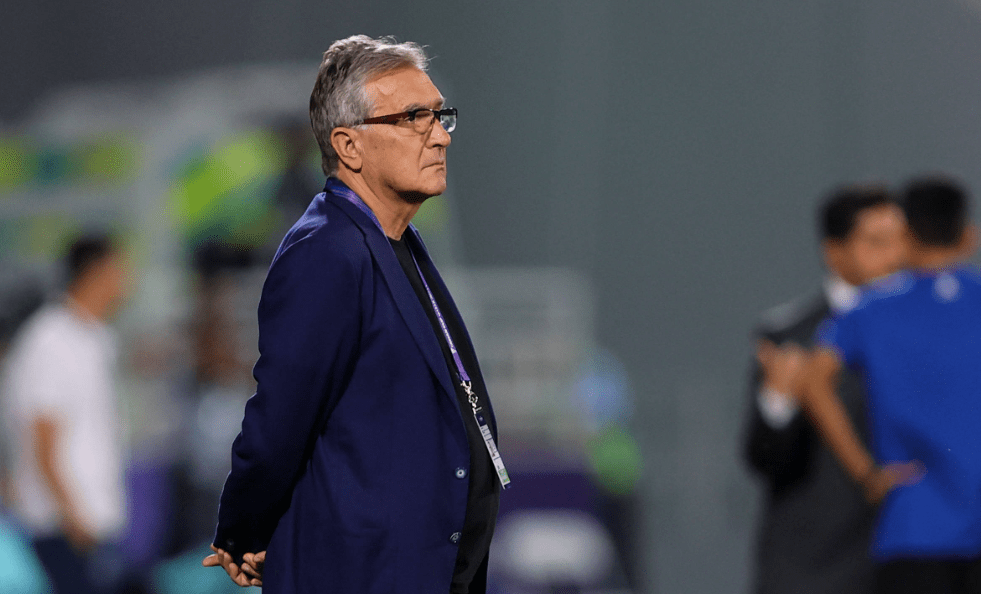
The new training list of the Chinese men's national football team has sparked heated discussions online. Familiar names such as Wu Lei, Zhang Linpeng, and Hao Junmin are no longer on the list. Instead, three newcomers have been selected: Hou Yongyong, Wumiti Jiang, and Maiwulang. This script of generational change is either a hopeful transformation or another inconclusive attempt.
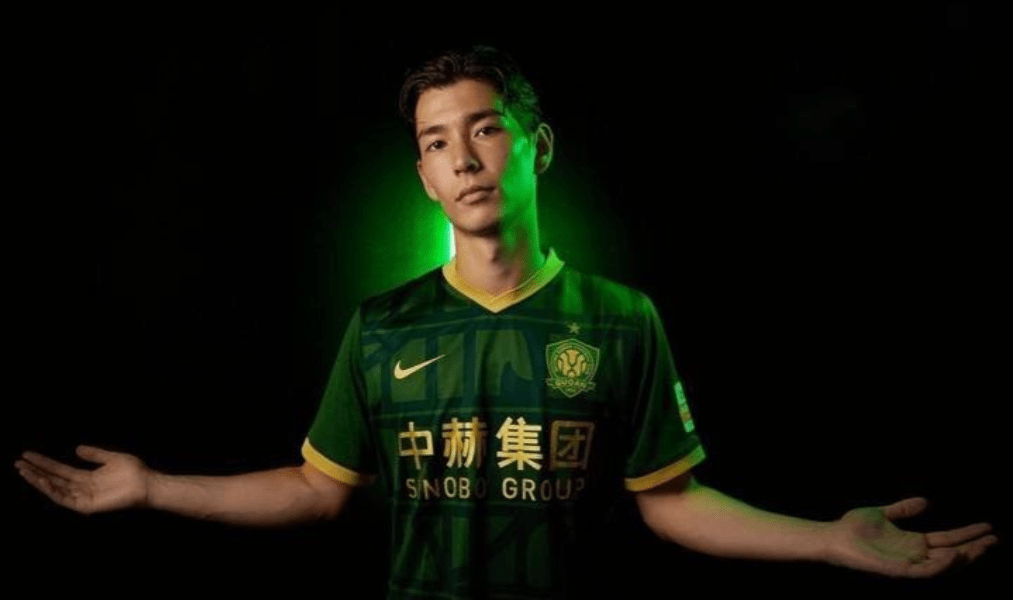
National team coach Ivankovic has signaled that the national team needs to be younger and more local, turning over a new leaf. However, what everyone cares about most is whether such changes will be effective. Is youthification an opportunity for drastic change or just an excuse to give up completely?

Speaking of the national team, one cannot avoid the "golden generation." Going back to the 2018 Russia World Cup qualifiers, that team was seen by many as the "most promising" national team. At that time, Wu Lei, Zhang Linpeng, Wu Xi, and Hao Junmin formed the core lineup of the team. Especially Wu Lei, known as the "No. 1 forward in Asia," was the greatest pride of Chinese football fans. In the game, he repeatedly dribbled the ball forward and scored goals, becoming the symbol of China's offensive play.
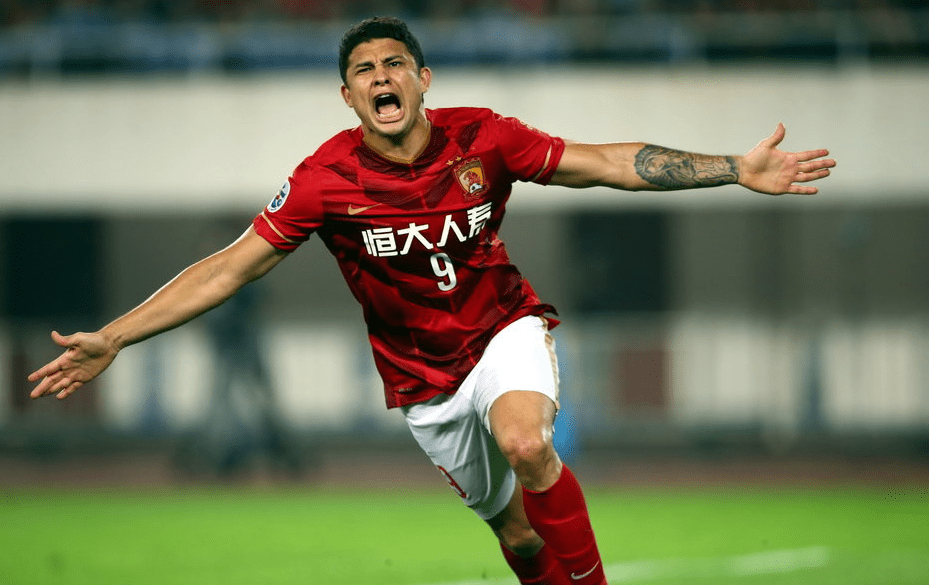
Unfortunately, despite their desperate efforts, they ultimately failed in the qualifying stage. It wasn't that they didn't try hard enough, but rather that their technical abilities and systemic weaknesses were too obvious. The outside world saw that group as the "golden generation," which also had a bit of self-comforting meaning - "at least they held up the scene." But five years have passed, and many of them are no longer at their peak, with declining form and injuries. Especially Wu Lei, although he still delivers results in the Chinese Super League, frequent injuries have forced him to gradually fade out of the national team stage.
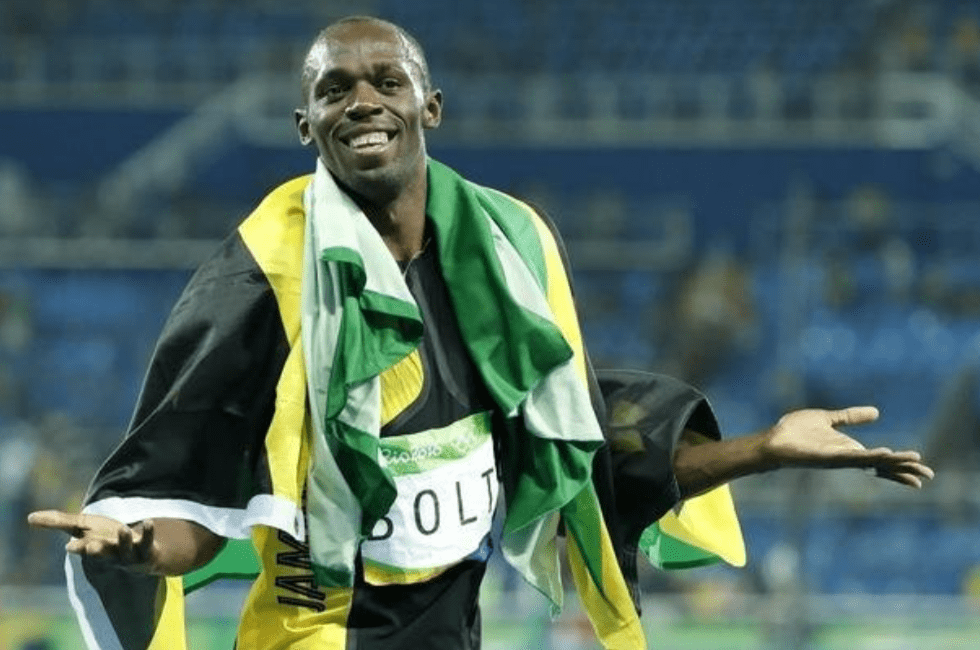
The retirement of this generation is both inevitable and somewhat bittersweet. Older fans saw them as hope, while younger fans thought they were "unambitious." But in the end, football is a realistic game, and no one can escape the physical ceiling. With the release of this list, the veterans' farewell is almost certain. From now on, their chapter is officially turned over.
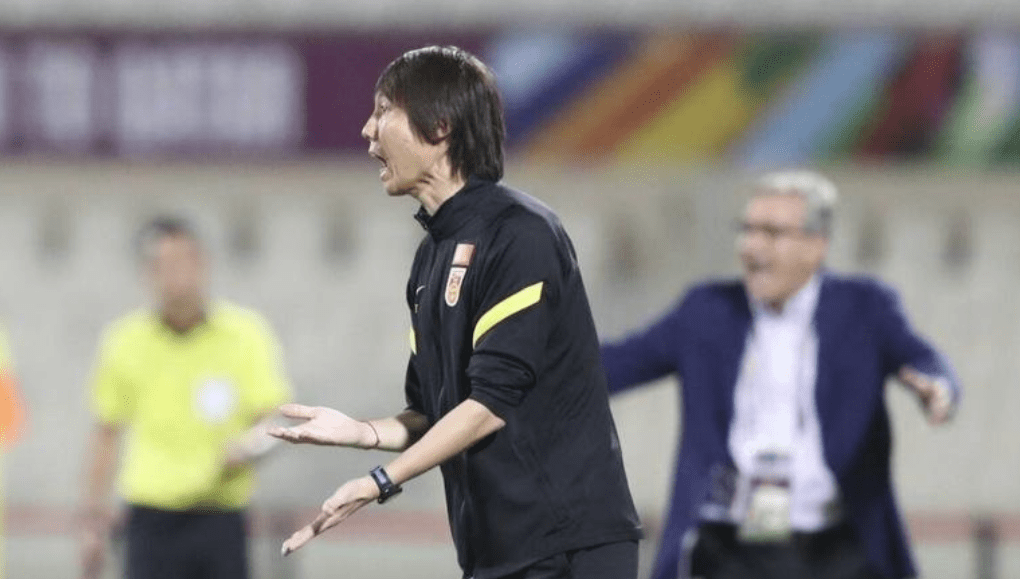
Next, let's talk about naturalized players, which has been a hot topic for the national team in recent years. To enhance its strength, the Football Association has put a lot of effort into bringing in Brazilian players like Elkeson, Alan, and Fernandinho, which once became a focus of public opinion. Initially, everyone had high expectations for these naturalized players, hoping they could elevate the level of the national team like Japan's Mito and South Korea's Lee Chun-soo. However, after several years of practice, the results were not as expected.
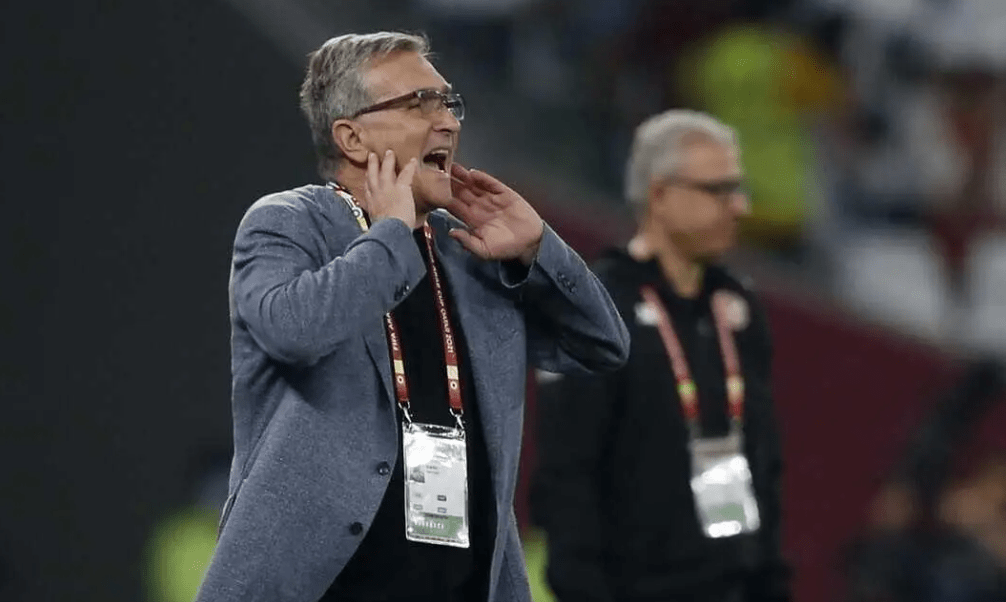
Elkeson indeed had some outstanding performances, but other naturalized players either had unstable form or did not perform up to their potential due to various reasons.

In this list, there are only two naturalized players left - Fernandinho and Hou Yongyong. Compared to the excitement during the "naturalization wave" in previous years, the presence of naturalized players in the national team is becoming less noticeable. Many people began to question whether the naturalization policy is a lifesaver or just a fleeting phenomenon? But it is worth noting that the Football Association is still considering the naturalization of Oscar. This player currently plays for Shanghai Port and has outstanding technical ability, but the problem is right in front of us: is the high cost of naturalization really worth it?
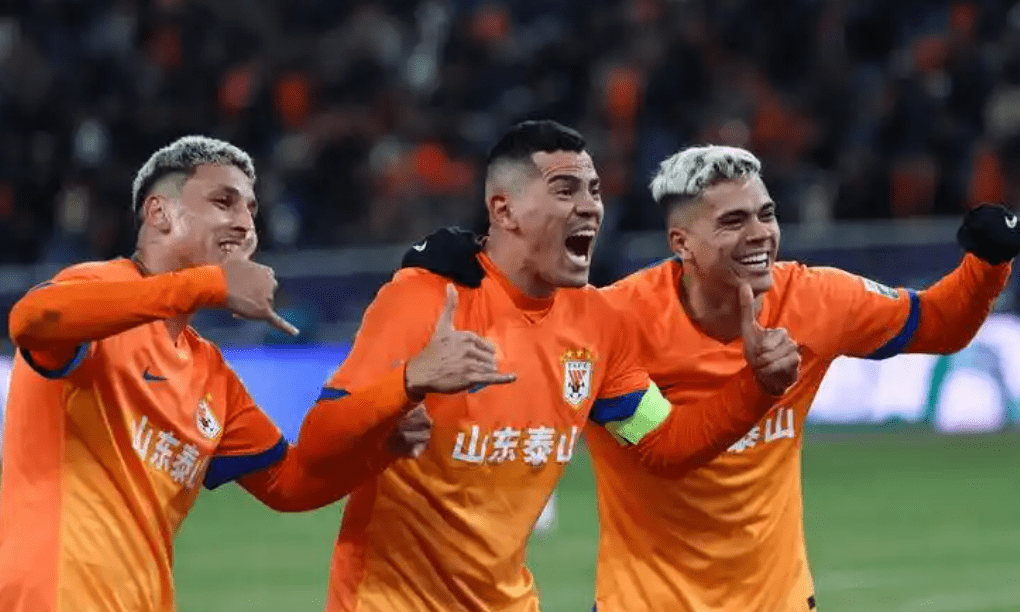
Naturalization seems to be a double-edged sword for Chinese football. On the one hand, it can quickly enhance the team's combat effectiveness; on the other hand, it also raises concerns about whether the growth of local players will be suppressed. This list reduces the proportion of naturalized players, perhaps a readjustment after a period of calmness, trying to find a balance between naturalization and local cultivation.
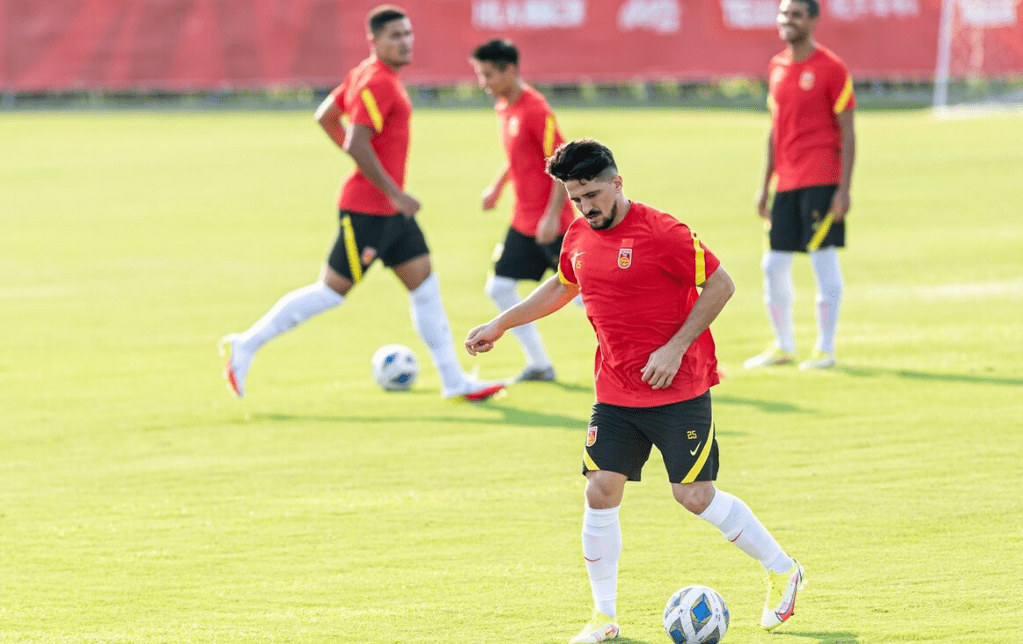
Behind the youthification lies the support of the youth training system. However, this support point is precisely the shortcoming of Chinese football. Compared to Japan and South Korea, the gap in Chinese youth training is not just a little bit.
Japan and South Korea's youth training systems have long been established, allowing young players to receive high-intensity, systematic training from an early age and have opportunities to enter European leagues. Looking at the list of Japanese and Korean players currently playing in the top five leagues, the lineup can be quite long. On the contrary, looking at China, there are very few overseas players, and those who can stand firm like Wu Lei are rare.
As the head coach of the national team, Ivankovic's strategy this time is obviously to enhance the team's vitality through youthification. However, the problem is that relying solely on youthification is not enough. The problem with Chinese football is not with the "people" but with the "roots" - the youth training system. Without a complete youth training ecosystem, even if the most promising young players are sent onto the field, they lack international match experience and will find it difficult to play at a high level.
Experts generally believe that if Chinese football wants to change its current situation, the most critical aspect is to reform the youth training system and establish a long-term mechanism similar to Japan's JFA. This requires not only time but also patience and execution.
Speaking of youthification, we must mention several newcomers in this list: Hou Yongyong, Wumiti Jiang, and Maiwulang. These three newcomers are selected for the national team for the first time, especially Hou Yongyong, whose selection represents both youthification and the "subtraction" in the naturalization policy.
In contrast, veterans like Wu Lei face an awkward situation. In the 2023 Chinese Super League, Wu Lei still performs outstandingly, but injury problems have become his biggest enemy. His story is like an old saying: "There is always a way when one reaches the mountains, but the legs are no longer fast enough."
The addition of newcomers undoubtedly brings hope, but it also brings challenges. Whether they can carry the flag of the national team is still a question mark. Especially Wumiti Jiang and Maiwulang, these two players from Xinjiang, have unique characteristics and styles, but they lack international match experience and still need more time to polish their skills.
From this list, we can also see the changing landscape of CSL clubs in terms of national team player supply. Beijing Guoan, Shanghai Shenhua, and Shandong Taishan are still major contributors of national team players, while traditional strong teams like Shanghai Port have only two players selected. This phenomenon exposes the imbalance in regional football development.
Regional imbalance not only affects the competitiveness of CSL clubs but also restricts the overall strength of the national team to some extent. In the future, if clubs cannot achieve a "flourishing everywhere" in talent reserves, the foundation of the national team will always be difficult to stabilize.
This list is like a test, and more like a signal for a new beginning. Behind the generational change, Chinese football has to face the reality: let go of the past and move towards the future. Whether the road ahead is smooth or muddy, it all depends on how the next steps are taken. The road is long, and the heart must keep growing!